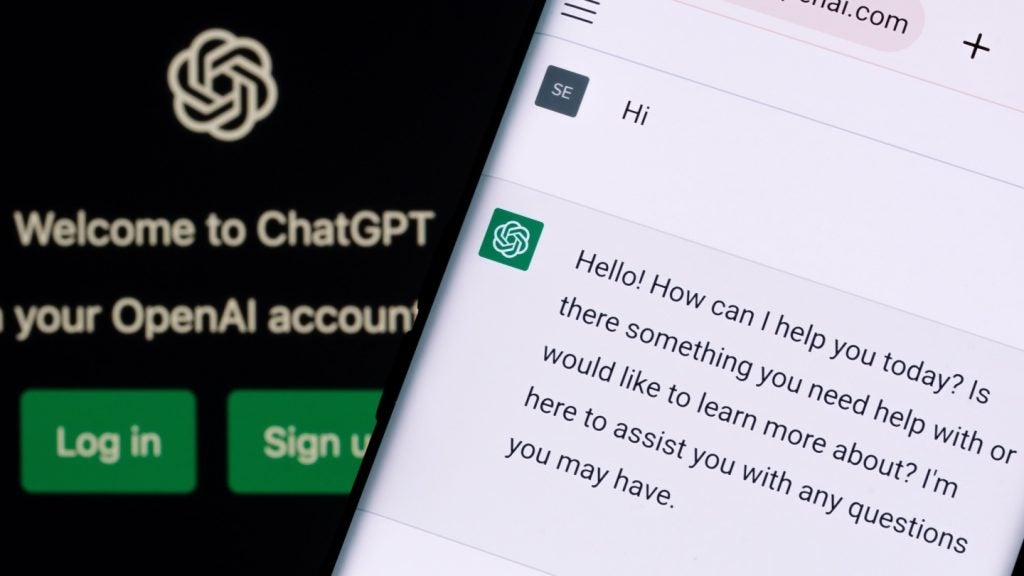
Twitter has announced the launch of Birdwatch, its new pilot to “help address misleading information” on the social media platform.
Launching in the US, Birdwatch takes a community-driven approach to tackling the issue of misinformation. It comes as the role of social media platforms in the spread of far-right content online faces intense scrutiny. Earlier this month Twitter banned former US President Donald Trump from its platform.
Birdwatch allows pilot participants to identify information in tweets they believe to be misleading and write notes to provide context for their decision. In a blogpost, Twitter said that this is intended to make it easier to quickly respond to misinformation and provide context for content that has been flagged as misleading.
At the initial stage of the pilot, notes will be available to view on a separate Birdwatch site, rather than directly on Twitter, but there are plans to make notes viewable on Twitter in the future.
On the Birdwatch site, participants can also rate the helpfulness of notes added by other contributors. However, notes will not have an effect on the way people see Tweets.
Twitter said it was taking steps to make Birdwatch transparent, including making all data contributed publicly available and downloadable. It also aims to publish the code behind Birdwatch’s algorithms.
How well do you really know your competitors?
Access the most comprehensive Company Profiles on the market, powered by GlobalData. Save hours of research. Gain competitive edge.

Thank you!
Your download email will arrive shortly
Not ready to buy yet? Download a free sample
We are confident about the unique quality of our Company Profiles. However, we want you to make the most beneficial decision for your business, so we offer a free sample that you can download by submitting the below form
By GlobalDataTwitter said that it was aware of the challenges that come with building a community-driven system, including ensuring it is “resistant to manipulation attempts to ensure it isn’t dominated by a simple majority or biased based on its distribution of contributors.”
Some have praised the social media giant for ramping up its response to misinformation, with Twitter introducing labels for misleading content in May 2020. However, others have asked whether a community-driven approach is the right way to tackle the issue.
Dr Iain Brown, head of data Science, SAS UK & Ireland said:
“Social media platforms have an obligation to tackle fake news on their platforms. Whether it’s relating to Covid-19, political elections or other sensitive subjects, we’ve seen the damage that fake news can cause.
“While Twitter’s ‘Birdwatch’ feature is a welcome initiative, it cannot act alone in the battle against misinformation. There is too great a risk that fake news will slip through the net. In addition to this feature, technology such as AI must be used to monitor social media news feeds. Although there is much talk around bias within AI systems, there is arguably a greater risk on the reliance of human subjective judgement within what is an already fragmented twitter community. The risk with this initiative is the onus falls on the community, some of whom may be like vigilantes with pitch forks, to decide what is perceived as fake or real. A combined approach marrying AI with representative human oversight could be an alternative approach
“Conducting continuous analysis is key if social media platforms are to react quickly and responsibly to fake news. As the volume of news continues to rise, AI-based decisioning systems could be the solution to maintaining responsible platforms. AI is capable of this task, equipped to trace the source of problematic material (often generated by malicious AI counterparts), subsequently alerting companies and helping them develop a counter-bot. Machine learning and CAPTCHAs can also help social media companies to spot the tell-tale signs of fake news. This is an opportunity for AI and humans to work side by side to strike the balance between taking down problematic material and stifling truth.”
Read More: Will US Capitol riots spark further change in tackling misinformation?







